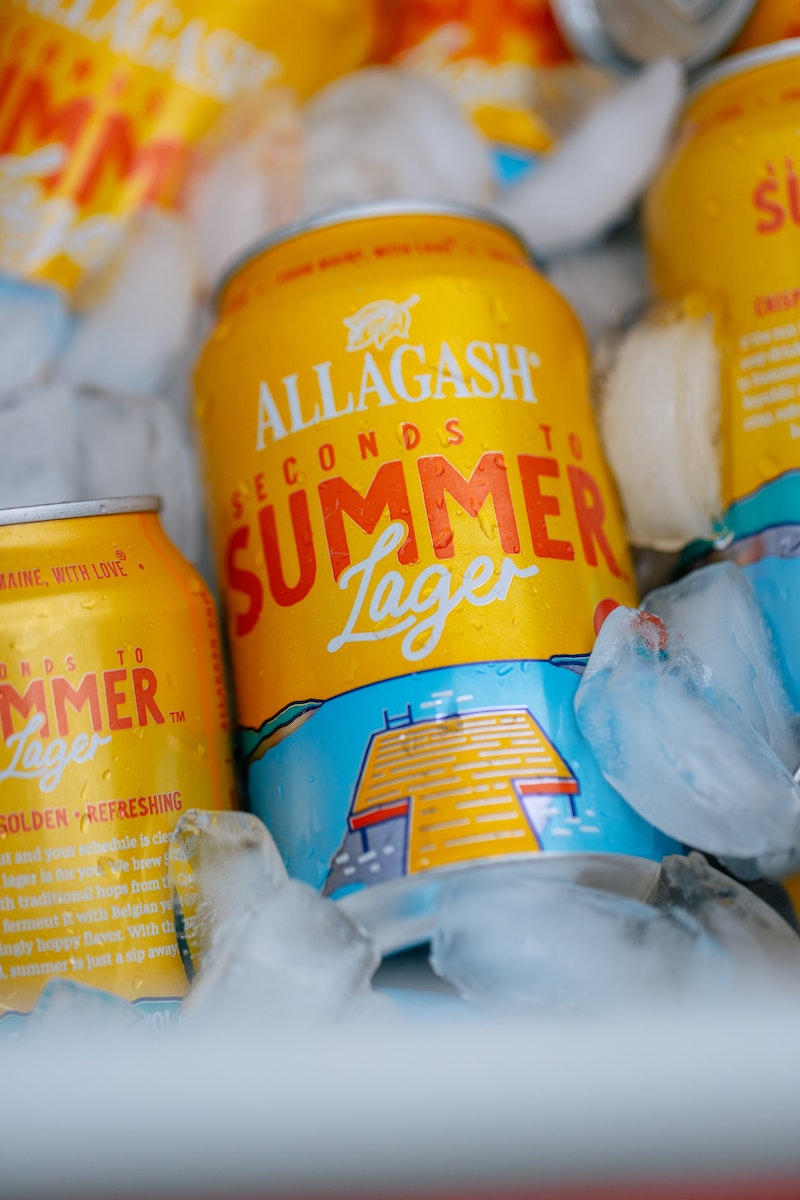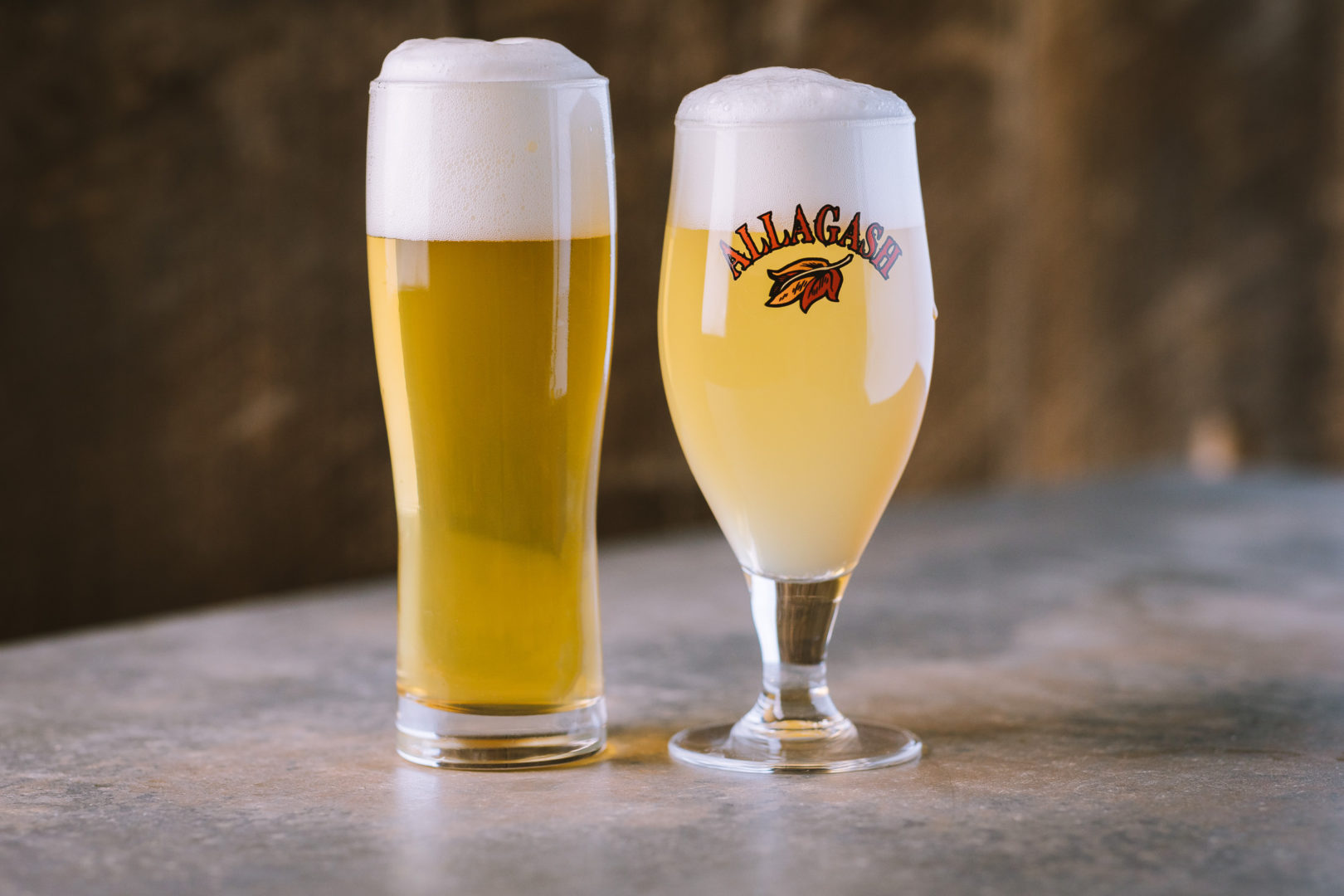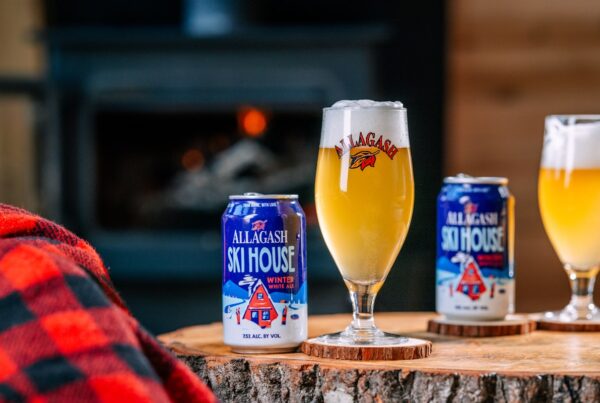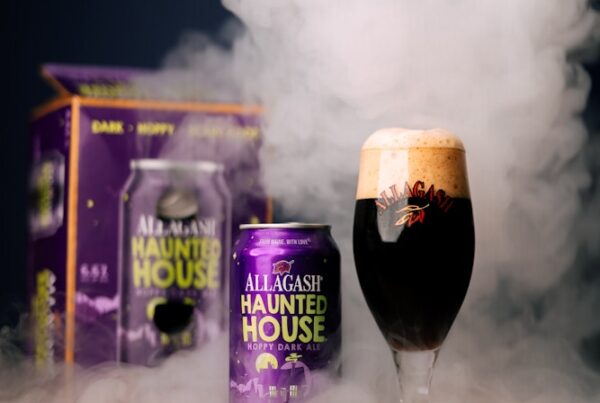Virtually every single beer* you’ve ever enjoyed can be broken into one of two main types: ale or lager. The determining factor between the two? Yeast.
First, what is yeast?
Yeast is a single-celled microorganism responsible for fermenting many of our favorite adult beverages: beer, wine, cider, mead, and even in the beginning stages of distilled spirits like whiskey (not to mention bread, cheese, aged meats, etc.)—yeast is a truly wonderful thing. Yeast works by consuming sugar and turning those sugars into carbon dioxide (the fizzy bubbles in beer), alcohol, and other chemical compounds.
What’s an ale yeast?
Generally speaking, ale yeasts prefer warmer temperatures (roughly 60-75 ℉ ) and are considered “top fermenting” based on the location of the fermentation activity in a fermentation tank. I.e. they ferment while sitting on top of the beer in a tank. Lager yeasts prefer cooler temperatures (roughly 42-55 ℉), ferment more slowly, and are considered “bottom fermenting.” The word lager comes from the German word which means “to store” – lagers were first stored in cool caves to mature.
Because ale yeasts ferment at warmer temperatures, they can release more fruity and spicy compounds known as esters and phenols. This is especially true of Belgian-style yeasts. There are a wide variety of flavors that ale yeasts provide to beer—spanning mango to pineapple, banana, clove, vanilla, and more. Lager yeasts, on the other hand, tend to create clean, crisp flavors that showcase beer’s other main ingredients: grains and hops. A common misconception is that ALL lagers are light in color, low in flavor, etc. While that’s definitely not the case, yeast also has no impact on the color of beer – both ales and lagers can be light or dark. The color of beer comes from the different levels of toasting or malting on the grains used to brew the beer.

Allagash Seconds to Summer is a crisp and balanced lager that arrives just in time for when the weather begins to warm up.
So, what about lagers then?
Lagers are the most widely drank beers in the world, though they are younger historically than their ale counterparts. Yeast wasn’t even identified as the actual magic behind beer and other fermented beverages until the 1800’s. Lager yeast was isolated in 1883, where wild ale yeasts have been used (unknowingly at first) since the dawn of modern human civilization thousands of years ago. Because lager yeasts were some of the first to be isolated in their pure form without wild contamination, lager beers originally had longer shelf lives. Some believe this led to their wide distribution over ales, which did not age well at the time. The advent of refrigeration allowed for the year-round making of lager beer. Nowadays there are hundreds of known ale and lager yeast strains, and brewers can select them just like they’d select a certain type of grain or hop.
As a way of helping you identify common styles based on some widely-available ales and lagers, here are some examples (not necessarily recommendations) to help you:

A very tasty ale would be Allagash White, our citrusy and hazy Belgian-style witbier.
Commonly found lager styles:
American Light Lager (Coors Light)
American Lager (Budweiser)
International Pale Lager (Heineken)
Pilsner (Pilsner Urquell)
Octoberfest or Marzen (Samuel Adams Octoberfest)
Helles (Victory Helles)
Bock (Einbecker Ur-Bock Dunkel)
Baltic Porter (Jack’s Abby Framinghammer)
Commonly found ale styles:
Blond Ale (Victory Summer Love)
Pale Ale (Sierra Nevada Pale Ale)
India Pale Ale, IPA (Dogfish Head 60 Minute)
Amber (Bell’s Amber)
American Wheat Beer (Three Floyd’s Gumballhead)
Hefeweizen (Weihenstephaner Hefeweissbier)
Witbier (Allagash White)
Gose (Anderson Valley Gose)
Saison (Saison DuPont)
Porter (Great Lakes Edmund Fitzgerald)
Stout (Left Hand Milk Stout)
Barleywine (Stone Brewing Old Guardian)
*Of course there always seems to be an exception – Beers described as “mixed fermentation” could have a combination of ale, lager, or even wild yeasts and/or bacterias. The term simply implies that different types of microorganisms are playing a role in the fermentation process.







